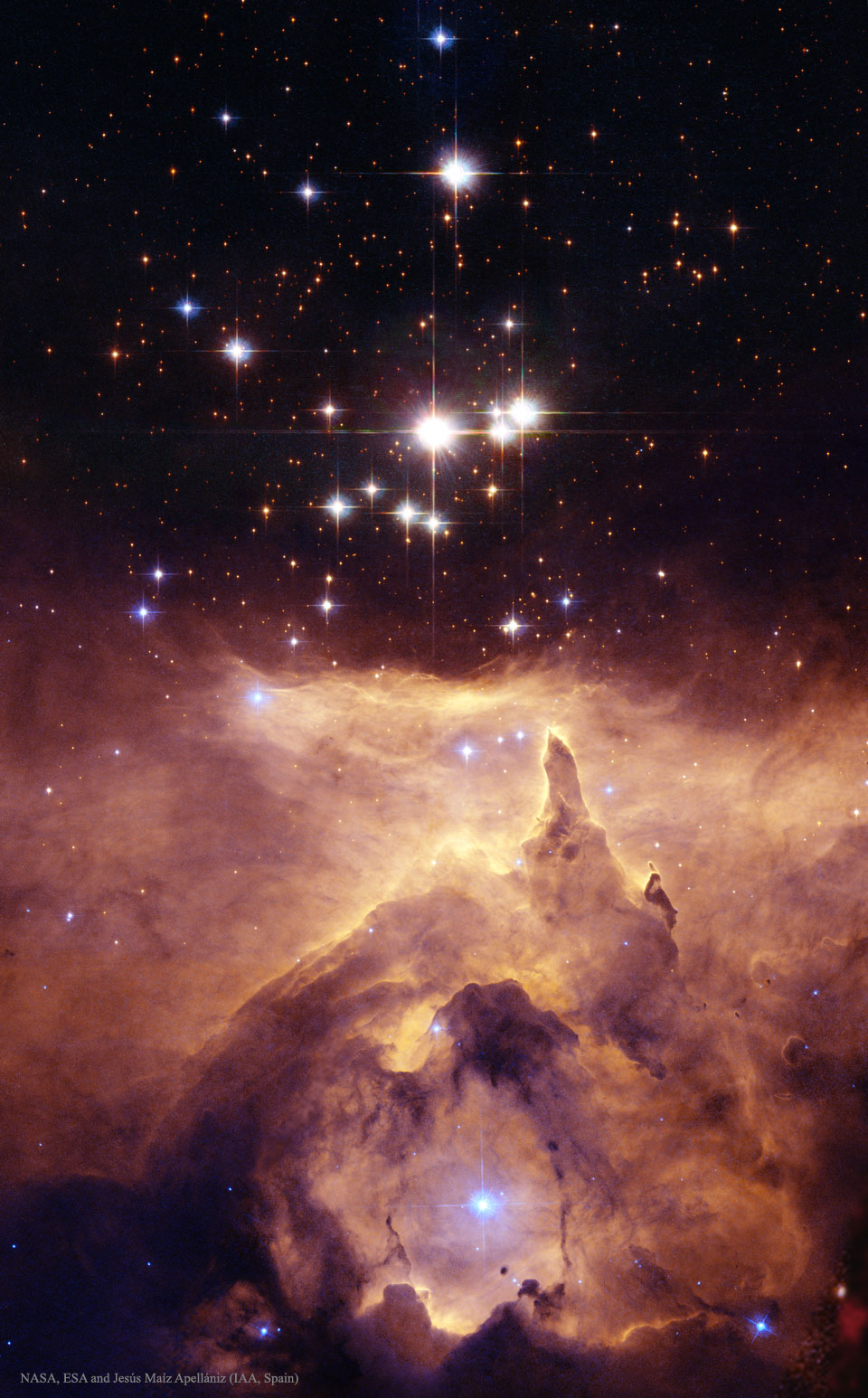
Image Credit: NASA, ESA and Jesús Maíz Apellániz (IAA, Spain); Acknowledgement: Davide De Martin (ESA/Hubble)

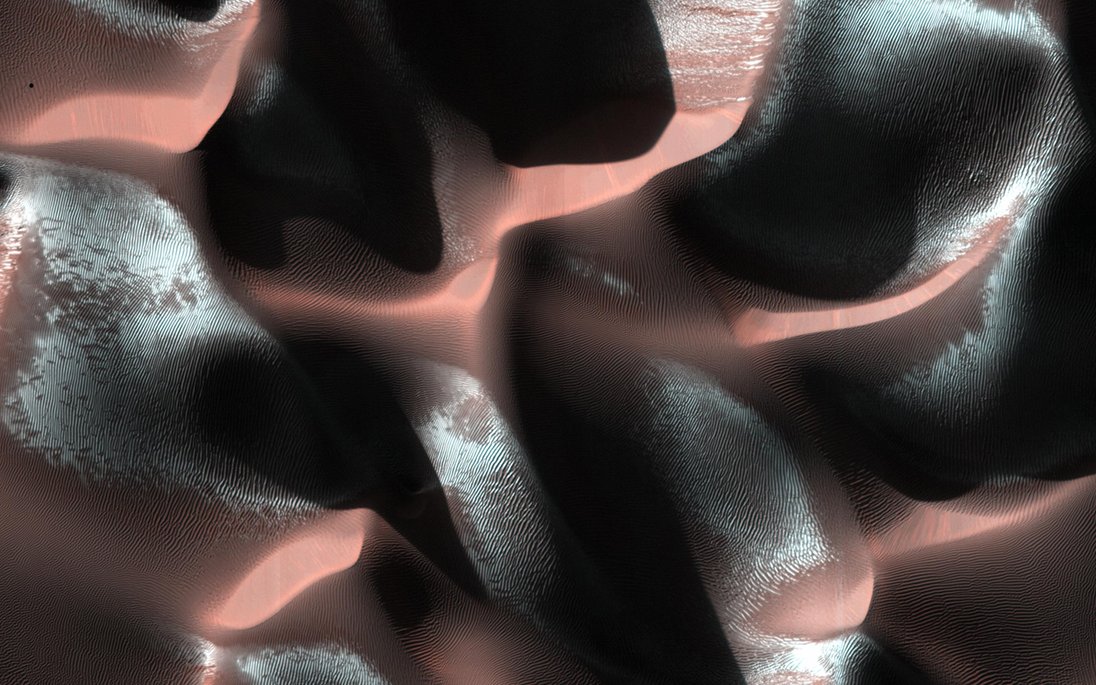
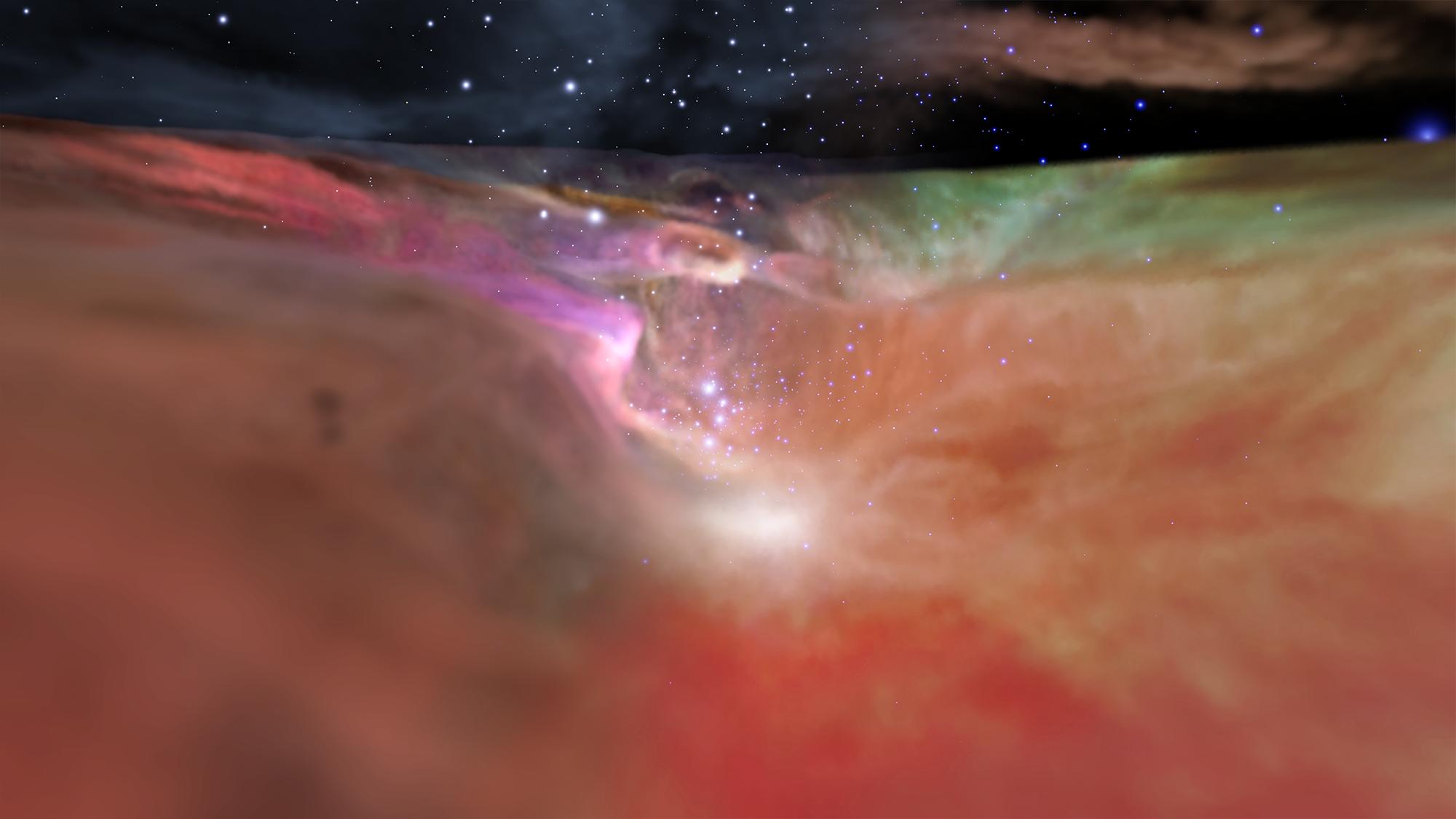
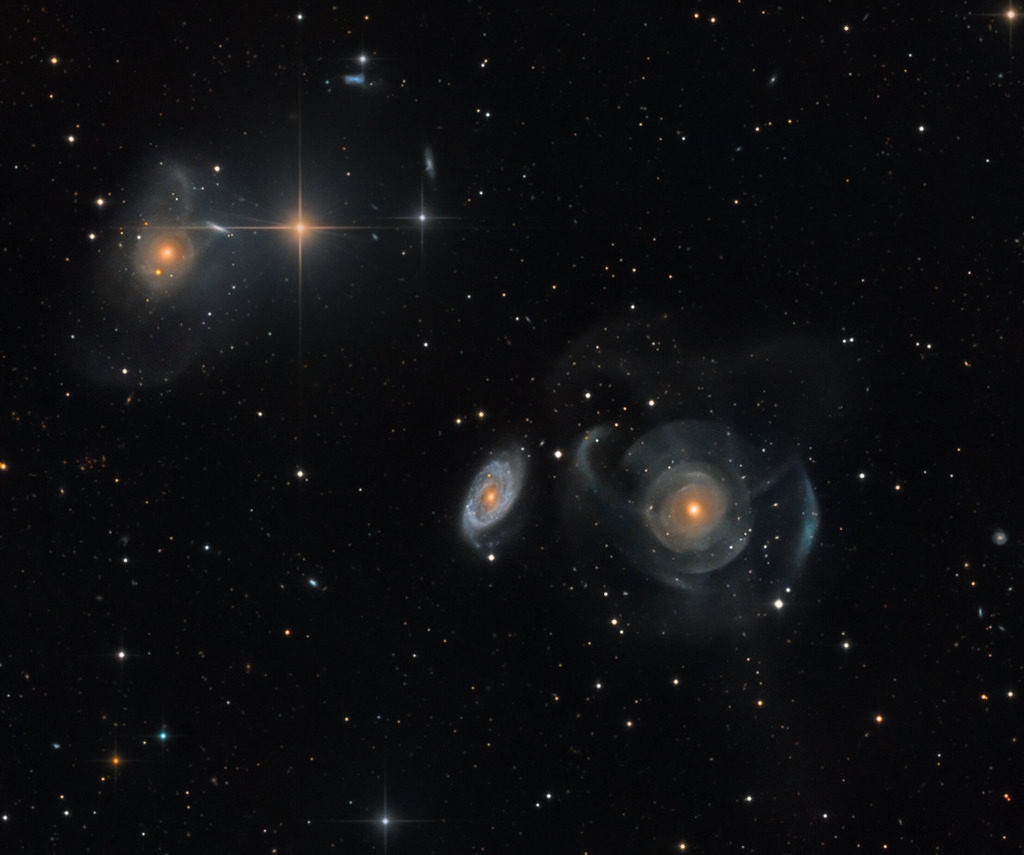


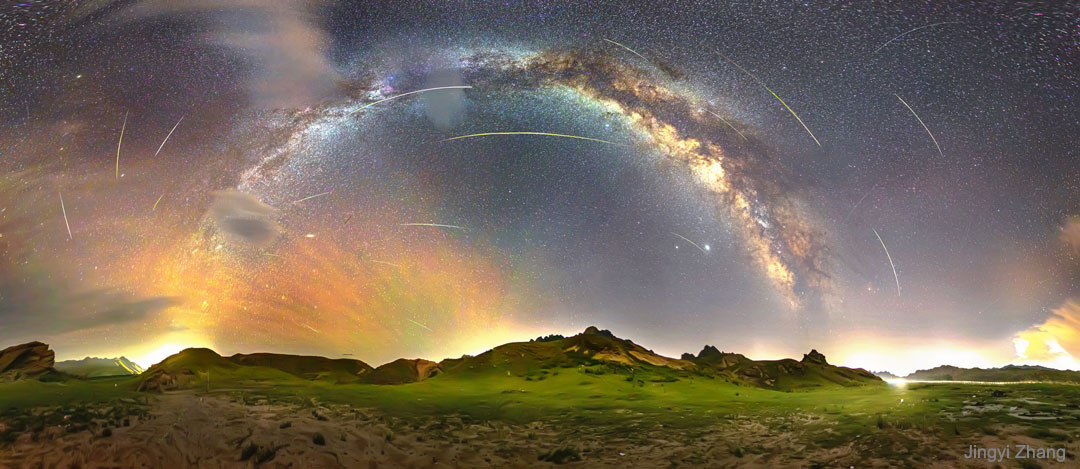
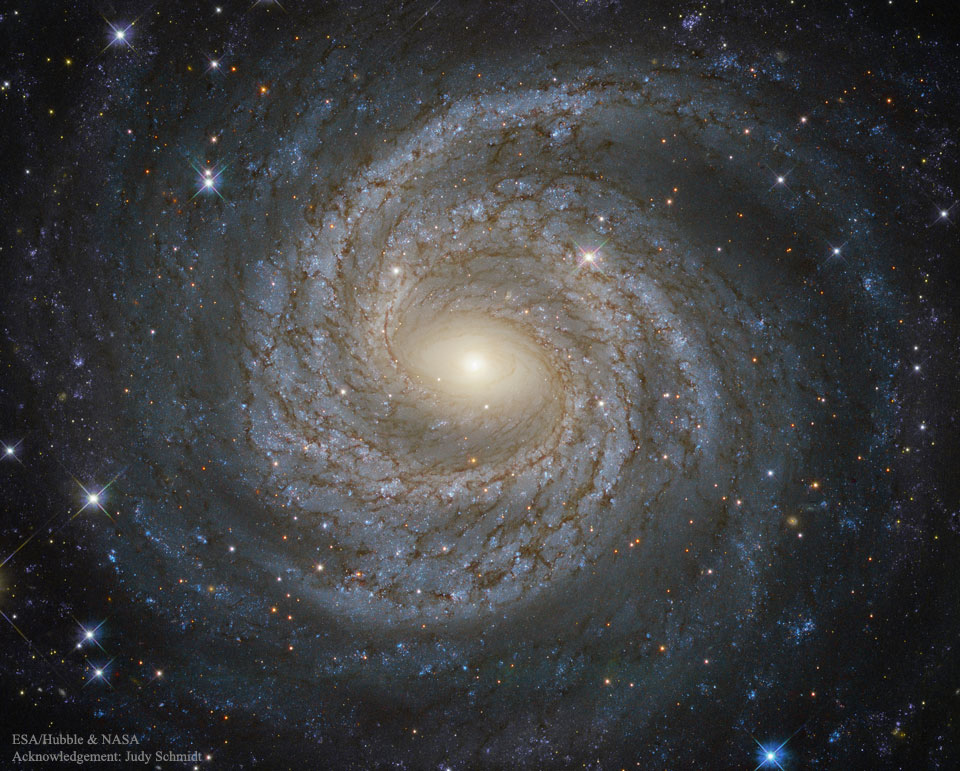
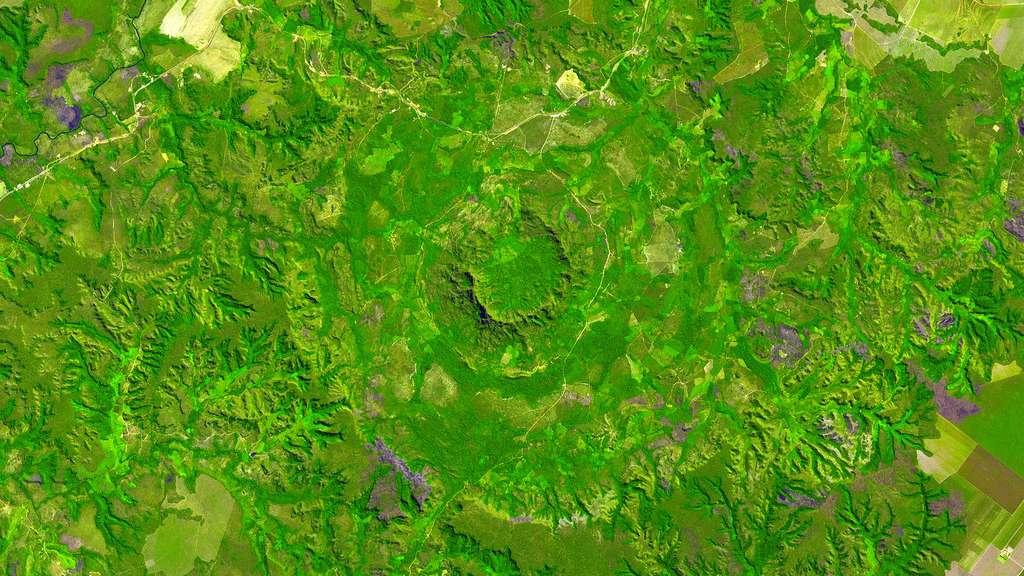


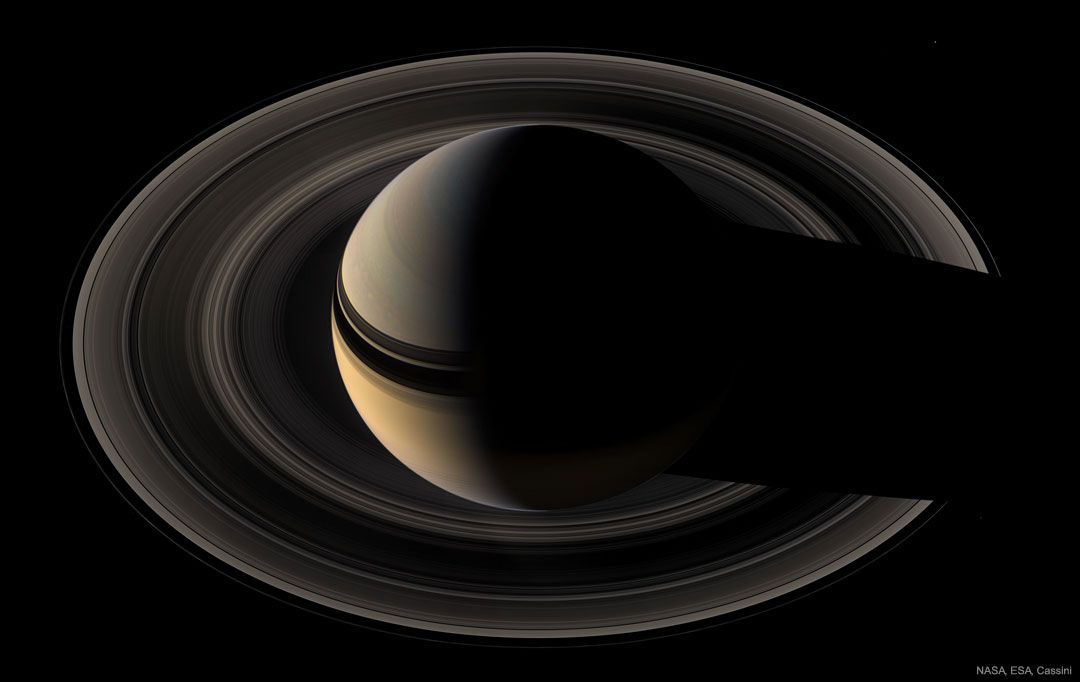
 Les chiens voient le marron, le bleu et le jaune.
Les chiens voient le marron, le bleu et le jaune.

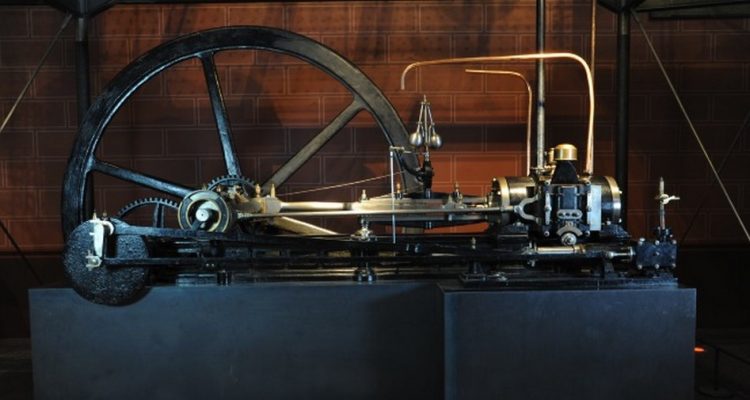
Explanation: Distorted galaxy NGC 2442 can be found in the southern constellation of the flying fish, (Piscis) Volans. Located about 50 million light-years away, the galaxy's two spiral arms extending from a pronounced central bar have a hook-like appearance in wide-field images. But this mosaicked close-up, constructed from Hubble Space Telescope and European Southern Observatory data, follows the galaxy's structure in amazing detail. Obscuring dust lanes, young blue star clusters and reddish star forming regions surround a core of yellowish light from an older population of stars. The sharp image data also reveal more distant background galaxies seen right through NGC 2442's star clusters and nebulae. The image spans about 75,000 light-years at the estimated distance of NGC 2442.

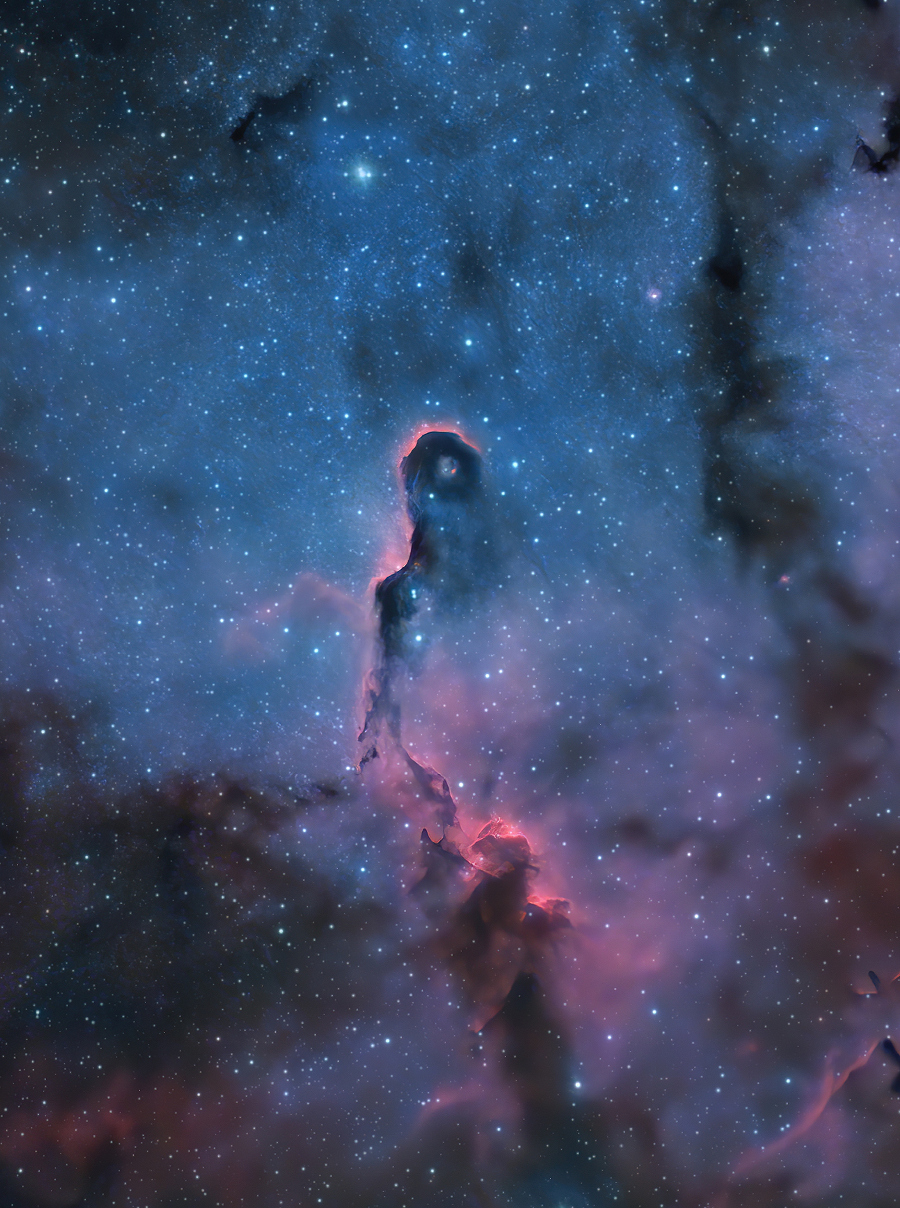
2025 July 14 NGC 2685: The Helix Galaxy Image Credit & Copyright: Stefan Thrun Explanation: What is going on with this galaxy? NGC 2...
